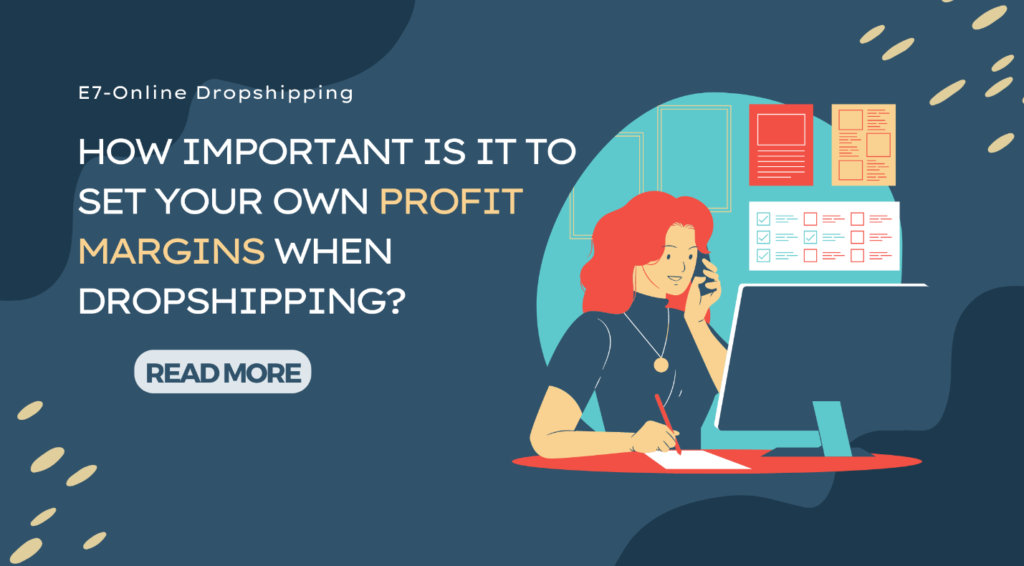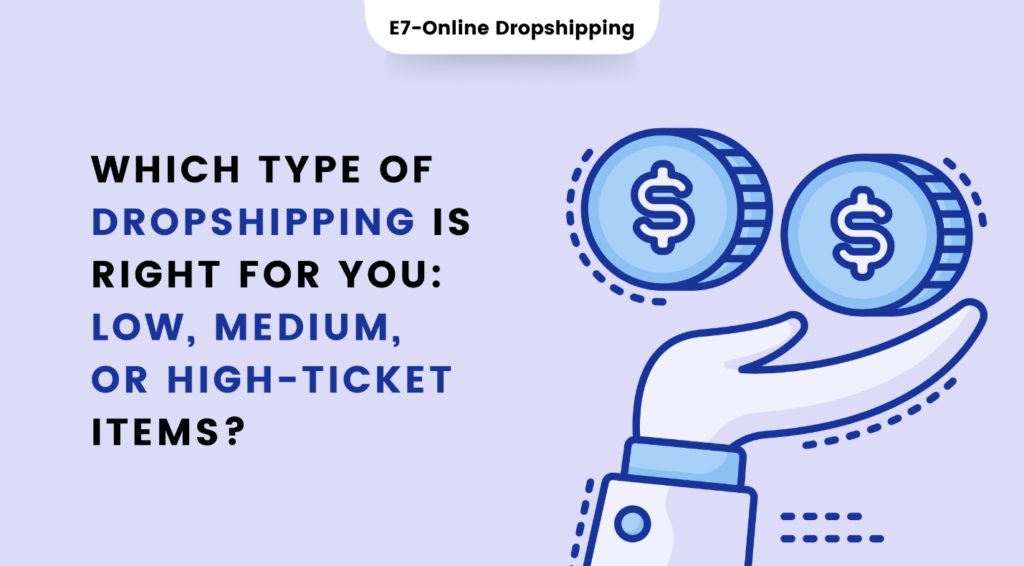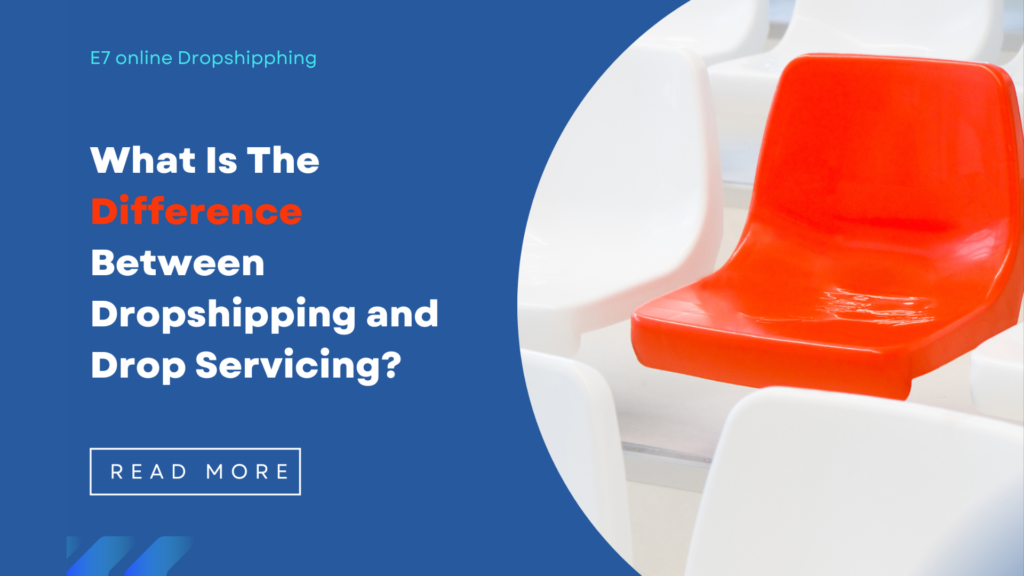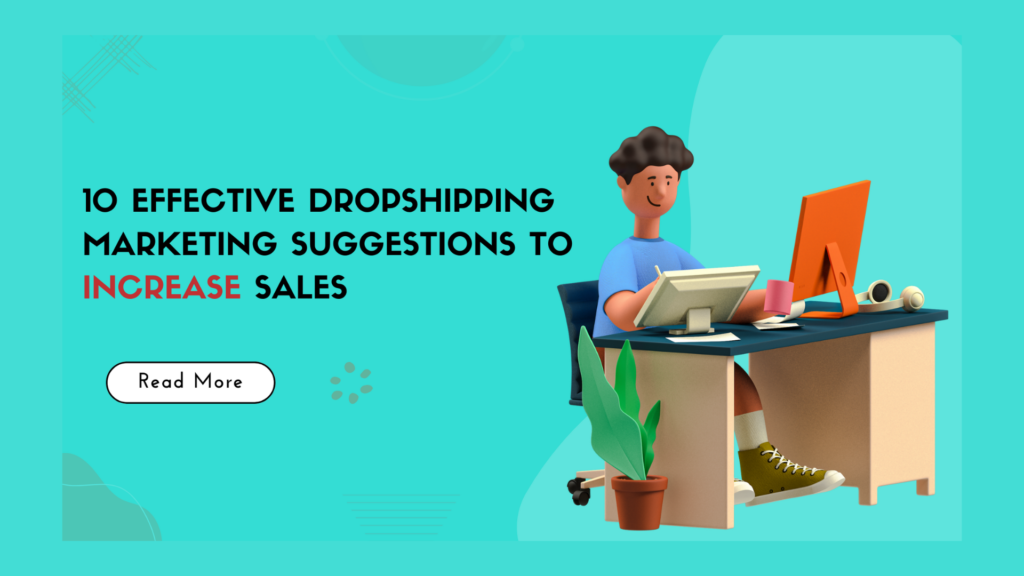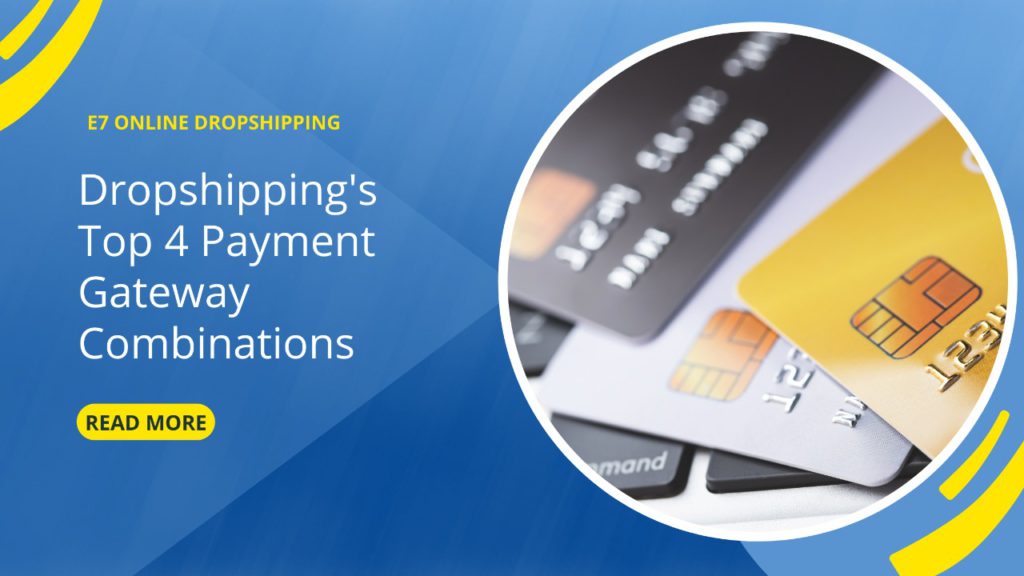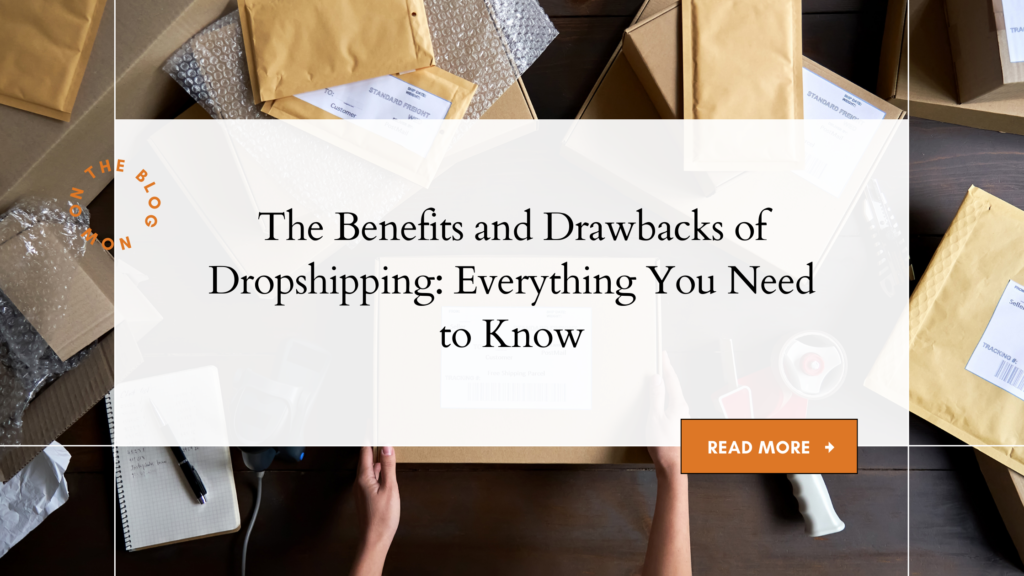The Advantages of Direct Communication with Your Dropshipping Partner
Working with a dropshipping supplier who can deliver high-quality products is very important for your store. To maintain a high level of consumer happiness, you must provide a large assortment of well-made merchandise. However, that isn\’t the only thing you should check for when searching for a supplier. It\’s just as crucial to have a personal relationship with your supplier as it is to manage your business. This experience frequently includes a number of resources that might aid clients in times of need. You\’ll be able to build greater trust in your supplier, enhance your contact with them, deal with problems more quickly, and improve the operation of your store as a result of having been provided with such beneficial tools.
In this post, we\’ll take a closer look at the benefits of working with a supplier who provides a more personalized experience. We\’ll concentrate on providing you with a full explanation of these advantages and stress the need of locating dropshipping partner who can provide you with personalized answers to your wants and difficulties.
Customer service is available around the clock
It\’s critical for your dropshipping store to have constant access to customer service. It will provide you the security that no matter what difficulty you have, they will be there to assist you in addressing it. Regardless of how capable you are at running your business on your own, you never know what unforeseen challenges will be thrown your way and put you off track.
Customers may ask for a refund or an exchange if an item is damaged or if the wrong purchase is delivered. You might have trouble updating your inventory, which could cause new arrivals to be delayed. Order processing may be delayed at your store, resulting in dissatisfied customers. The list could go on indefinitely. As a result, your provider should ensure that you have a great customer support team at your disposal in order to overcome such problems. They should be able to assist you with all of these issues and ensure that your store is back up and running in no time.
One-on-one sessions are an option
Despite the fact that customer service is extremely helpful whenever dropshippers have a problem, there may be times when they require slightly more assistance. This is why you must ensure that your dropshipping provider offers one-on-one sessions. These sessions are frequently held with field professionals, as opposed to the customer support team, which consists of a qualified group of personnel. They may assist you with more significant issues, provide you advice on dropshipping techniques, and suggest ways to increase your revenues.
Weekly newsletters are distributed
Another thing to think about is whether or not you\’d like to receive weekly newsletters. You\’ll be able to keep your customers informed about your dropshipping store\’s new arrivals, upcoming brands, and sales if your supplier keeps you up to date on new weekly arrivals, upcoming brands, and sales. As a result, don\’t make hasty decisions when selecting a supplier before ensuring that your supplier can assist you in keeping your clients up to date on the latest news.
If you choose this technique of informing, you can pass the newsletter on to your clients after your supplier has sent you a newsletter with all of the above-mentioned information. Newsletters can help you increase traffic to your website, reach a wider audience, establish your brand image, and improve your store\’s reputation.
To exemplify, an 86 percent of respondents in a survey of US advertisers believed that newsletters played a significant role in forging a strong bond between their store and customers, while 88 percent claimed that newsletters are becoming a worthwhile method for reaching their target demographic.
Obtaining promotional materials
Before you start working with a dropshipping company, make sure they can also give you with additional marketing materials. These can be really useful because they can help you work on even more marketing hacks and establish additional marketing tactics. Typically, these materials include tutorials and manuals that provide dropshippers with advice and explanations on a variety of marketing topics. As a result, look for providers who provide such tools.
A comprehensive marketing strategy manual for eCommerce holidays
It should come as no surprise that the holiday seasons are the busiest times of the year for retail activity. As a result, it is essential to keep abreast of the celebrations that take place in different parts of the world and, when the appropriate moment arrives, to have the appropriate sales plans prepared.
An extensive SEO guide
Only by properly optimizing your website\’s SEO will you be able to enhance your site\’s rating on the search engine results pages (SERPs) and, as a result, create a significant volume of organic traffic. This is the only approach.
Automated plugins are readily available
Finally, find a plugin automation provider. When it comes to running a dropshipping business, you don\’t have to handle everything yourself. Many manual operations may now be replaced with convenient automated methods, and automated dropshipping has been born as a result of the digitalized society we live in today. Given this, plugin integration allows you to do less manual labor and depend more on artificial intelligence to make your job easier.
To sum it up
Your dropshipping supplier\’s key obligation isn\’t just to provide your store with outstanding products. They must also provide you with excellent customer support that can respond to all types of concerns, provide you with helpful sessions to aid you in resolving any issues, recommend advertising plans and ideas, provide you with useful marketing materials and mailings, and automate your plugins. With the appropriate supplier on your side, you\’ll be able to reap all of these advantages and grow your dropshipping business.

